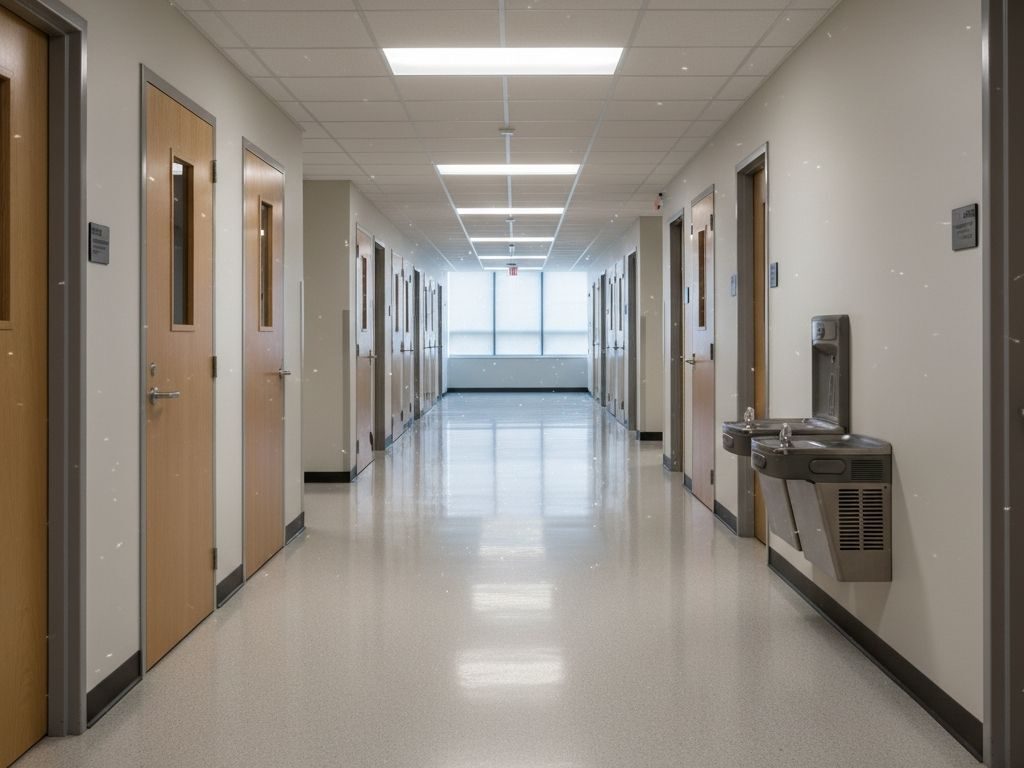Legionella Testing & Prevention in Schools, Colleges and Universities
Safe Drinking Water Is Essential for Schools, Colleges & Universities
Schools and universities rely on drinking water systems, water fountains, potable water lines, cooling towers, water treatment systems, and water storage tanks to support students and staff every day. When these systems are not routinely tested or maintained, Legionella bacteria and other contaminants can develop, especially in low-flow fixtures and ageing plumbing.
Trust the experts at IWC Innovations to create a custom water management plan for your campus, set you up on a routine water testing schedule, and advise you on filter use for your most vulnerable areas prone to Legionnaires’ disease.

Why Water Systems in Schools and Universities Are Vulnerable to Legionella
Schools and universities often experience extended periods of low water use—weekends, holidays, and long summer breaks. During these stagnation periods, water temperatures increase, disinfectant levels drop, and conditions become ideal for Legionella, the bacteria that cause Legionnaires’ disease.
Low-use sinks, drinking fountains, showers, and water storage systems can all harbor bacteria when water remains stagnant for too long. This makes post-break flushing, water testing, and treatment critical before students return.
Legionella Testing & Prevention Steps for Educational Institutions
Watch one of our experts at IWC Innovations explain how long school breaks, holidays, and low-occupancy weekends impact your potable water systems. When drinking fountains, water tanks or low-use plumbing sit dormant, conditions become ideal for bacterial growth — including Legionella, which can lead to Legionnaires’ disease.
That’s why post-break flushing, water treatment, water testing and system verification are essential steps before students return. Let IWC help you reopen safely without any risk of Legionella.

The Water Drop:
Re-Opening Your Drinking Fountain
Water Systems at Highest Risk in Schools and Universities
Educational institutions rely on a wide range of water systems that can become vulnerable to contamination when not actively used or properly maintained.
Below are the top areas where schools and universities face the highest risk of Legionella growth—and how IWC Innovations helps reduce that risk.
| Area at Risk | Why It’s Vulnerable to Legionella | How IWC Helps |
|---|---|---|
| Drinking Fountains & Bottle Fillers | Low-use periods cause water to stagnate, lowering disinfectant and increasing bacteria growth. | Flushing protocols, potable water testing, and WMP updates. |
| Dorm Showers & Locker Rooms | Warm water, steam, and aerosolization make showers high-risk for Legionella exposure. | Hot water monitoring, testing, and disinfection solutions. |
| Cooling Towers & Water Towers | Warm, recirculating water promotes Legionella; aerosol drift spreads bacteria. | Routine testing, treatment programs, and compliance monitoring. |
| Swimming Pools & Hot Tubs | Poor circulation or low disinfectant levels allow bacterial growth in warm water. | Microbial testing, chemical treatment, and pool system support. |
| Potable Water Systems & Low-Use Plumbing | Breaks and vacancy periods cause stagnation throughout pipes and fixtures. | Post-break flushing, potable water testing, and risk assessments. |

Water Management Regulations and Compliance for Schools & Universities
IWC Innovations provides proactive Legionella prevention for schools, colleges and universities to keep the water systems compliant, efficient, and safe.
- Water Management Plans (WMPs): Custom plans aligned with ASHRAE 188, CDC, and local standards for testing, maintenance, and corrective actions.
- Testing & Consulting: Accredited Legionella testing with expert analysis and clear next steps for prevention.
- Filtration & Protection: Shower, sink, and pools, drinking water filters designed to stop bacteria at the source.
- Remediation & Prevention: 24/7 emergency response, disinfection, and follow-up consulting to prevent recurrence.
FAQs on Legionella Prevention in Schools and Universities
Schools, colleges, and universities experience periods of low water use that allow water to stagnate and create ideal conditions for Legionella growth. Prevention helps protect students, staff, and visitors from illnesses like Legionnaires’ disease. IWC provides testing and prevention services to reduce this risk.
Quarterly testing is recommended, especially before and after extended breaks. Older campuses or buildings with complex potable water systems may need more frequent testing. Learn more about our tailored Legionella testing services.
Immediate action is necessary. IWC Innovations provides immediate remediation, treatment, retesting, and monitoring to restore safety while ensuring minimal disruption and liability. Learn more about our Remediation & Treatment Services.
A WMP outlines how to test, maintain, and treat potable and non-potable water systems to prevent Legionella. It helps schools follow ASHRAE 188 and CDC best practices. Learn more about our Water Management Plan Program.
Drinking fountains, potable water lines, cooling towers, water tanks, locker room showers, and kitchen/lab fixtures are the most vulnerable, especially after periods of stagnation. IWC provides solutions that can help you conduct periodic testing to prevent Legionella on campus.

